By Florencia Curci, Victor Mazón Gardoqui & Nicolás Spencer
The utilization of wind energy represents an ancient relationship between humanity and the natural world. Windmills, wind engines and wind generators embody this enduring connection and stand as both scientific marvels and artistic expressions. We will delve into the historical chronology of these remarkable devices to celebrate their scientific and artistic significance.
Windmills: Masters of Multifunctionality
Windmills, with a history spanning over a thousand years, represent a fusion of functionality and artistic expression. Miguel de Cervantes’ magnum opus, “Don Quixote,” published in the early 17th century, introduced windmills as iconic symbols of chivalric misadventure. In this literary masterpiece, the protagonist, Don Quixote, famously tilts at windmills, mistaking them for menacing giants. This episode, emblematic of Quixote’s idealism and delusion, has become an enduring symbol of the clash between romantic imagination and practical reality (Cervantes, 1605). Cervantes’ portrayal of windmills in “Don Quixote” adds a fascinating layer to the history of these structures. It underscores their ubiquity in the Spanish landscape of the time, where windmills served practical purposes such as grain milling. However, Cervantes’ narrative weaves a profound allegory, illustrating the tension between the human imagination and the tangible world.
Traditional Dutch windmills, such as those at Kinderdijk, Netherlands, epitomize this concept. They played a crucial role in managing water levels and land drainage, becoming iconic symbols of Dutch engineering (Molenaar & van der Werff, 2015).
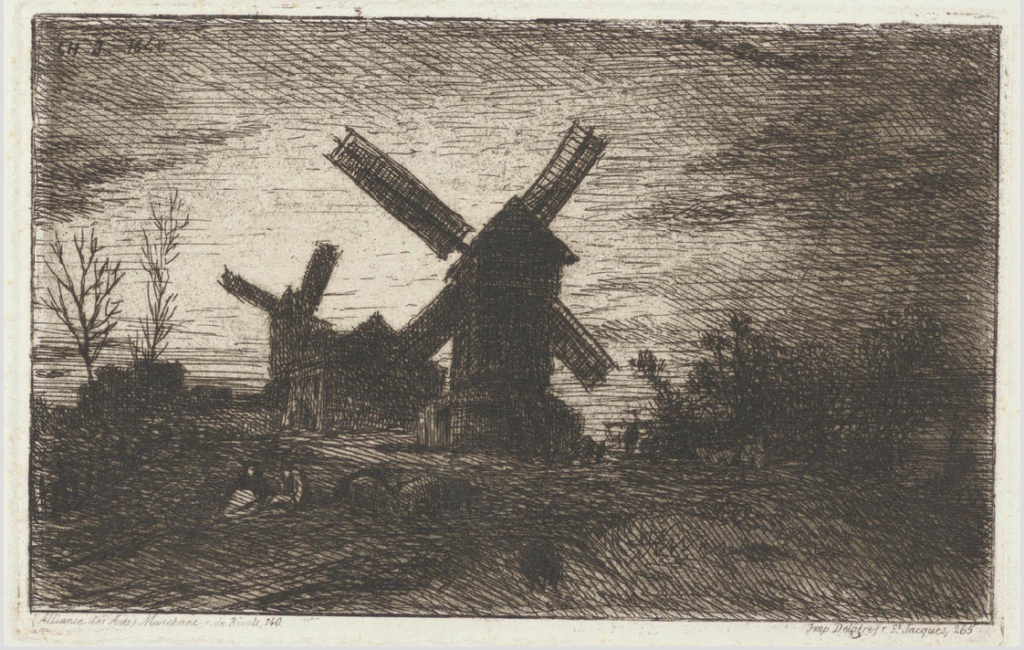
The celebrated Dutch painter Vincent van Gogh immortalized the essence of these windmills in his masterpiece, “The Windmill at Saint-Victor.” In this painting, van Gogh masterfully merged elements of nature and human craftsmanship, capturing the poetic beauty of windmills (van Gogh, 1888).
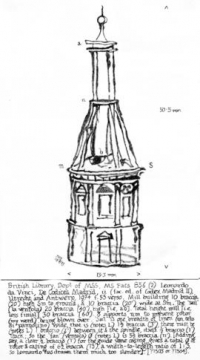
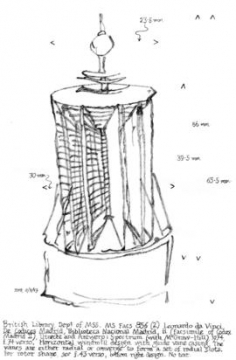
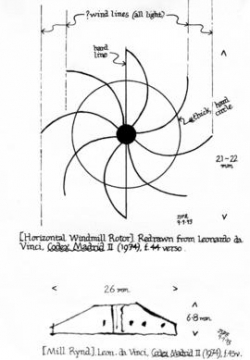
Leonardo da Vinci, a visionary of the Renaissance era, recognized the multifaceted nature of windmills, stating, “A windmill is a machine for lifting water, turning wind power into dry land: crushing stones, pumping water, and grinding corn” (Da Vinci, 1487). Da Vinci’s words underscored the versatility and ingenuity embodied by these structures.
Wind Engines: Pioneering the Power of the Wind
Wind engines, predecessors to modern wind turbines, trace their origins to the late 19th century. These machines, characterized by their elegant sails, initially served various purposes, including water pumping, grain milling, and even electricity generation (Pacey, 1991).
One of the earliest references to the potential of wind energy comes from the renowned inventor, Thomas Edison, who stated:
“I’d put my money on the sun and solar energy. What a source of power! I hope we don’t have to wait until oil and coal run out before we tackle that” -Edison, 1931
This quote reflects the forward-thinking nature of individuals like Edison who recognized the potential of harnessing renewable energy sources.
Wind Generators: A Symphony of Sustainability
The evolution of wind engines and windmills into modern wind generators has revolutionized the harnessing of wind energy on a large scale. These towering structures symbolize sustainability and environmental stewardship. The legendary aviator and inventor, Charles Lindbergh, eloquently expressed this sentiment, stating, “In wilderness, I sense the miracle of life, and behind it, our scientific accomplishments fade to trivia” (Lindbergh, 1978).
Wind generators, such as those found in Altamont Pass, California, and Denmark’s Middelgrunden Wind Farm, evoke awe with their graceful rotations. They serve as living testaments to the fusion of art and science, generating clean energy and emphasizing our capacity to harmonize with nature (AWEA, 2021; Middelgrunden Vindmøllelaug, 2021).
These systems have evolved over centuries, reflecting our deep connection with nature and our pursuit of sustainable energy solutions. As Albert Einstein once mused,
“We still do not know one-thousandth of one percent of what nature has revealed to us” -Einstein, 1953
Through continued exploration and innovation, we harness the power of the wind, embracing both scientific progress and artistic expression in our quest for a more sustainable and aesthetically pleasing world.
Wind engines, windmills, and wind generators have continued to evolve since Cervantes’ era, reflecting humanity’s enduring fascination with harnessing the wind’s power. Through this historical journey, grounded in both scientific inquiry and artistic interpretation, we gain a deeper appreciation for the profound interplay between technology, nature, and the human spirit.
The Art of Energy Sovereignty
Energy sovereignty, a concept that transcends mere utility, embodies the pursuit of self-reliance and a harmonious relationship with nature. It is both an artistic expression and an academic endeavor, where humanity seeks to harness the power of the elements while preserving the sanctity of the planet. In this exploration at Rüggen, we weave together artistic sentiments and academic insights to archive and celebrate the use of the first prototype to harvest and measure future explorations in Tierra de Fuego.
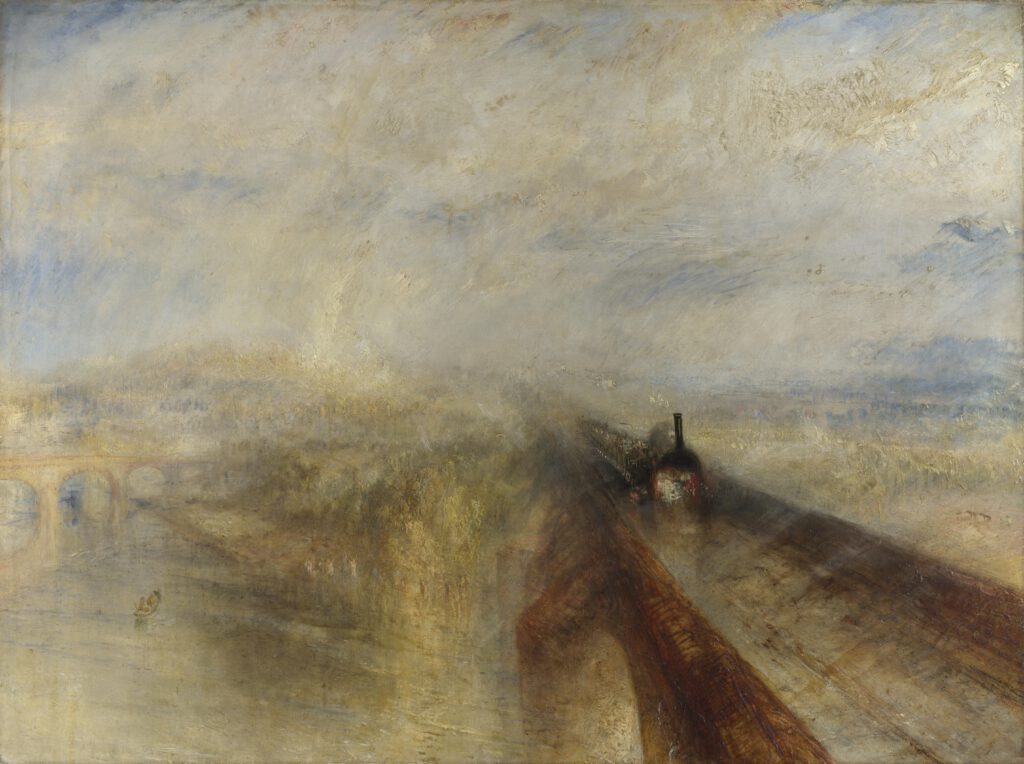
Energy sovereignty is, at its core, an individualistic pursuit, where communities and nations express their uniqueness in the way they harness and interact with energy sources. In the realm of art, this uniqueness finds resonance in works like J.M.W. Turner’s “Rain, Steam, and Speed,” where the industrial revolution’s impact on nature is captured on canvas. This painting reflects the interconnectedness of human progress and the environment and reminds us of our responsibility to balance the two (National Gallery, n.d.). Academic discussions on energy sovereignty delve into the scientific principles that underpin the concept. As Albert Einstein implies, energy is a fundamental force in the universe, and our quest for sovereignty involves understanding its transformation and utilization. In academic literature, scholars like Sovacool and Dworkin (2015) explore the dynamics of energy governance, emphasizing the need for inclusive, sustainable, and locally managed energy systems.
“Energy independence for local communities is an essential step towards achieving energy sovereignty.”
– Jose Marti
Energy sovereignty empowers communities to take charge of their energy future. Academic discourse often emphasizes the pivotal role of decentralized, community-based energy systems. In his research, Shava and Gujba (2020) analyze the impact of community solar projects, highlighting their potential to democratize energy access and foster local autonomy. Energy sovereignty is an intricate tapestry of artistic expressions and academic discourse, weaving together individualism, scientific understanding, and sustainability. Is the path of humanity toward a sustainable and more harmonious coexistence with nature. As we continue to explore this concept, our artistic and academic endeavors converge in a celebration of our ability to create a more sustainable and artistically enriched world.
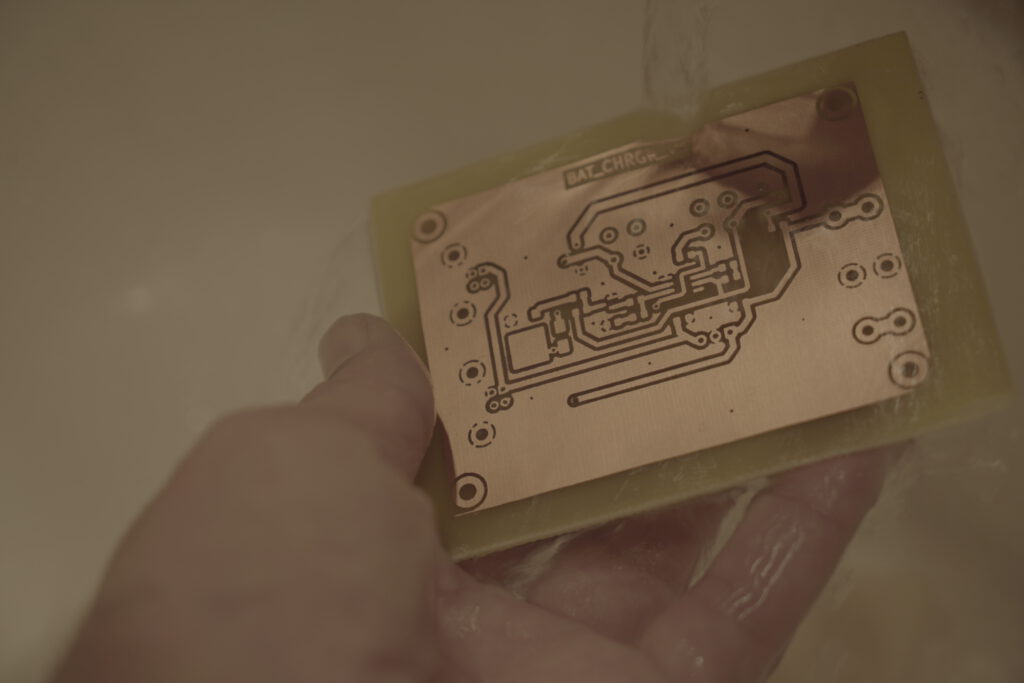
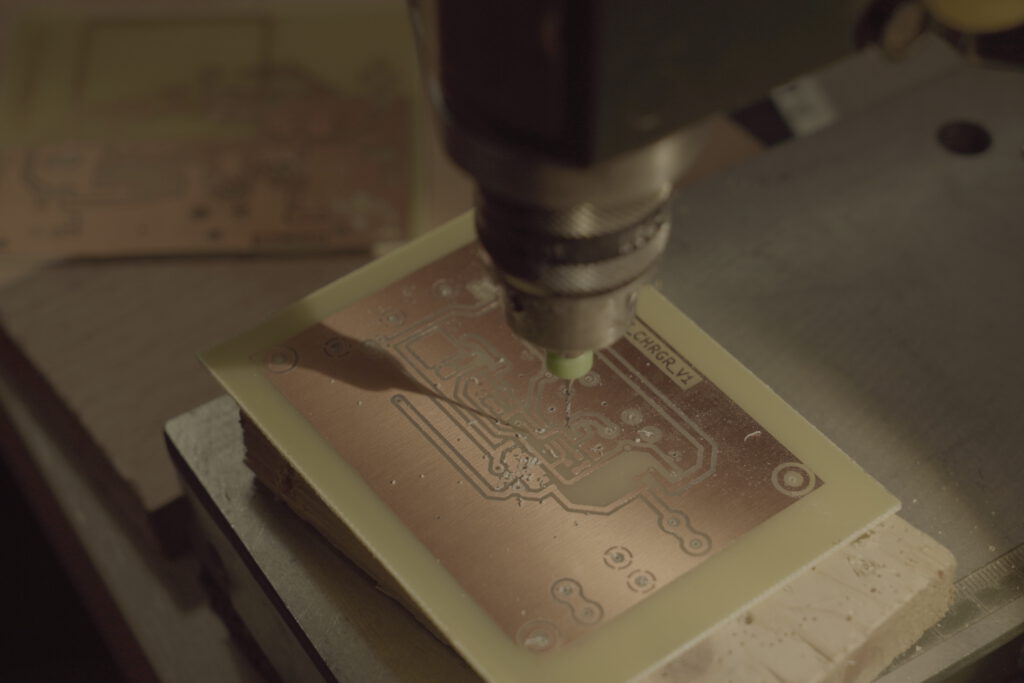
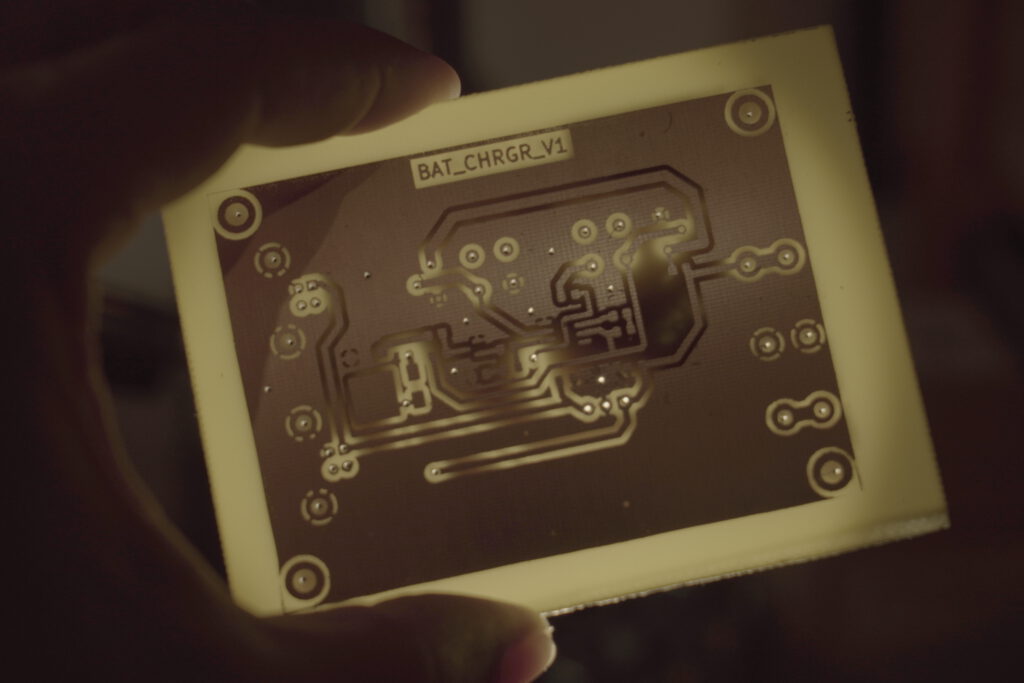
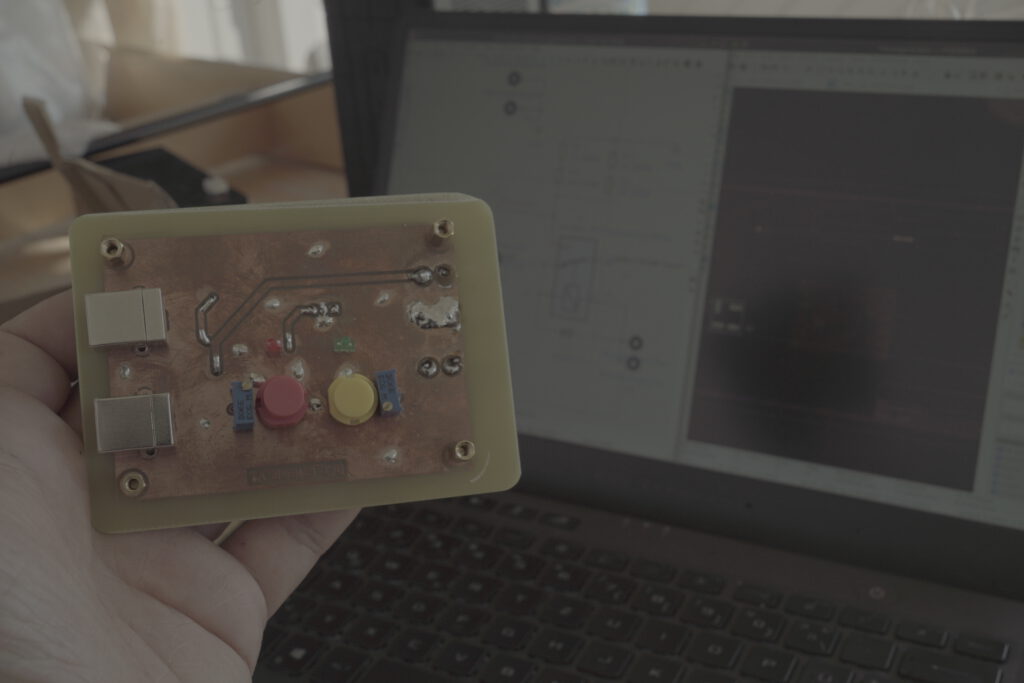
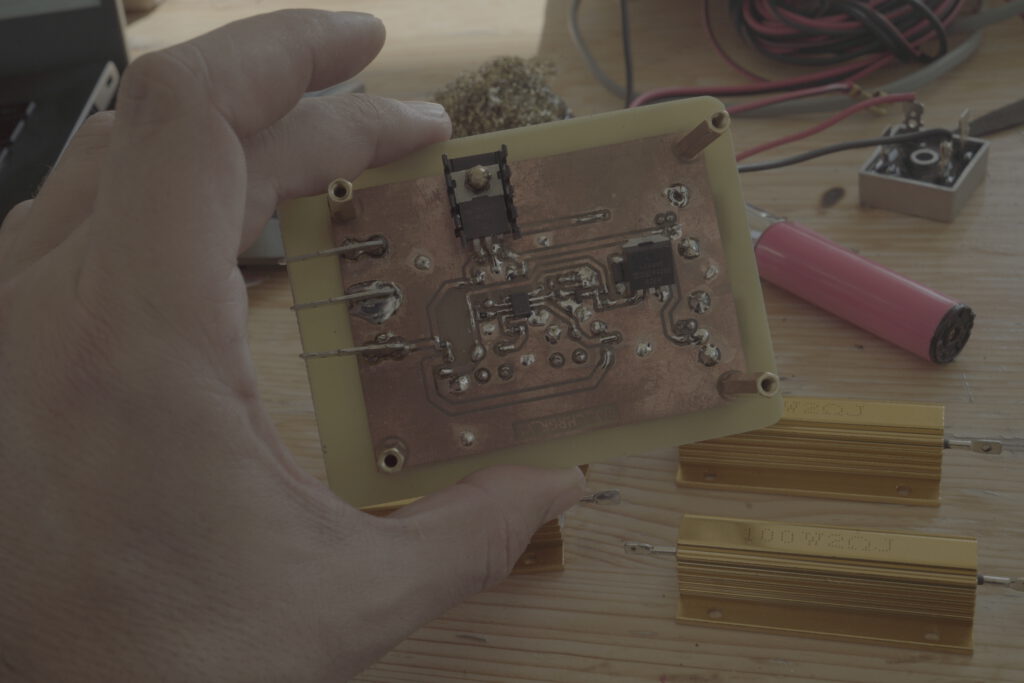
Artistic Expression: Renewables as Poetry
Renewable energy sources, like wind and solar, have become poetic symbols of energy sovereignty. Their intermittent nature encourages us to adapt and harmonize with nature’s rhythms. For this research trip we have been working on the development of the first working prototype as a energy harvesting tool in remote areas and scientific explorations. This tool was a collaboration between the Terra Ignota group, FabLab UNSAM from the University of San Martín (UNSAM, Argentina), Diego Cortes and Domingo del Sante.
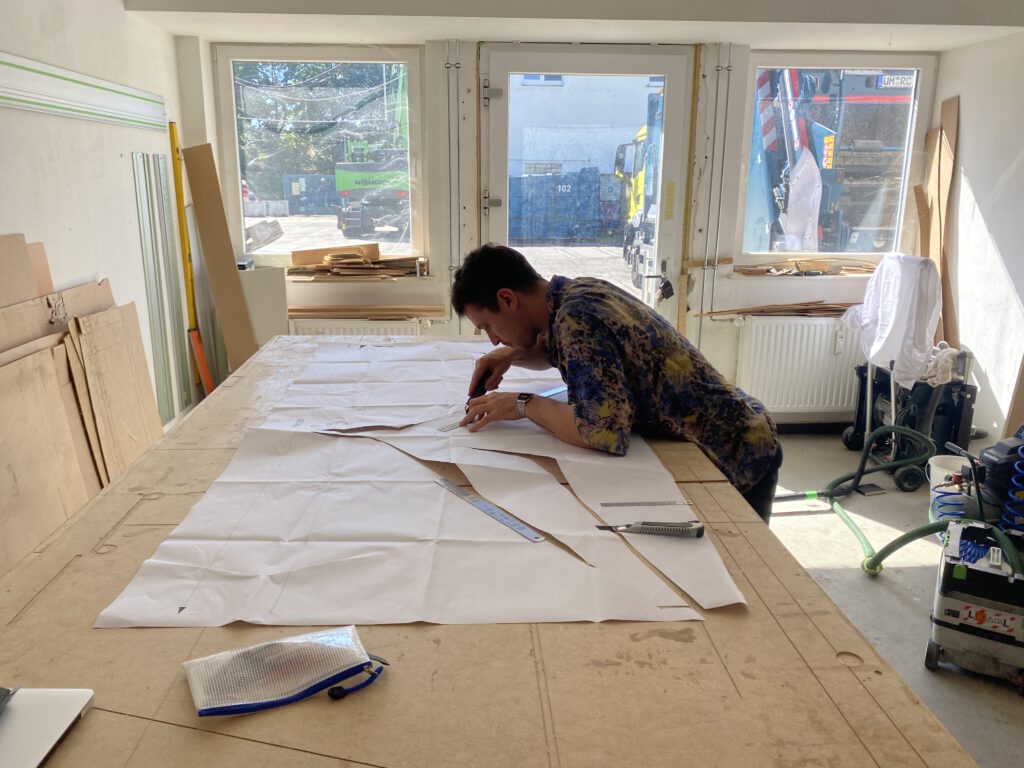
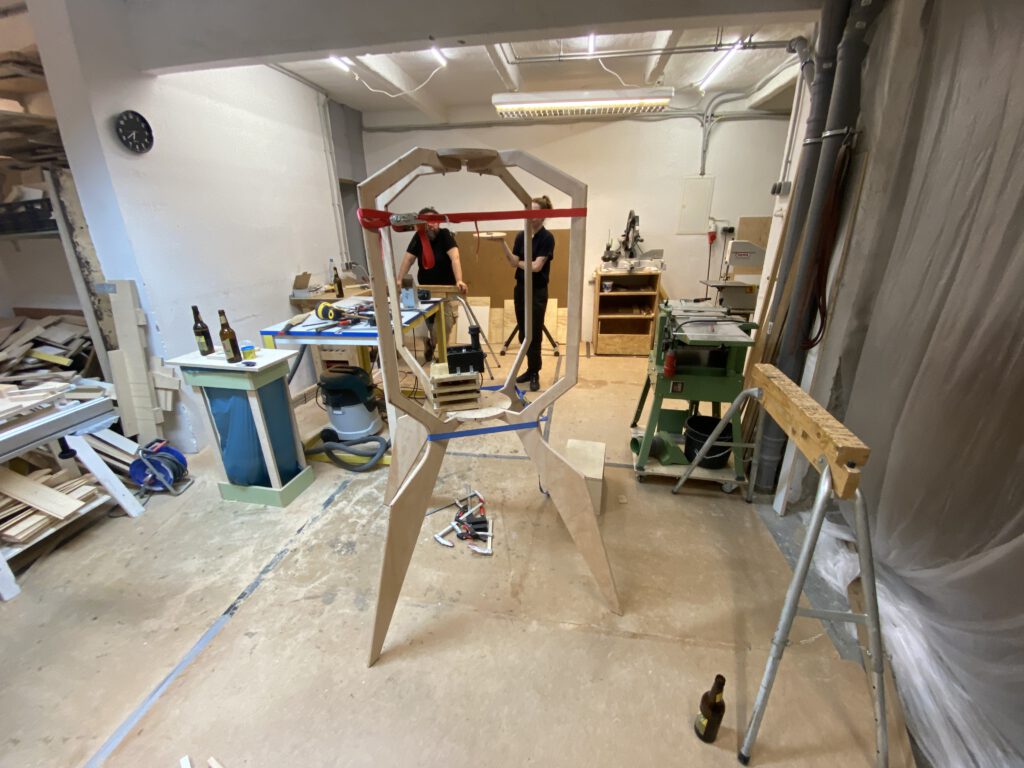
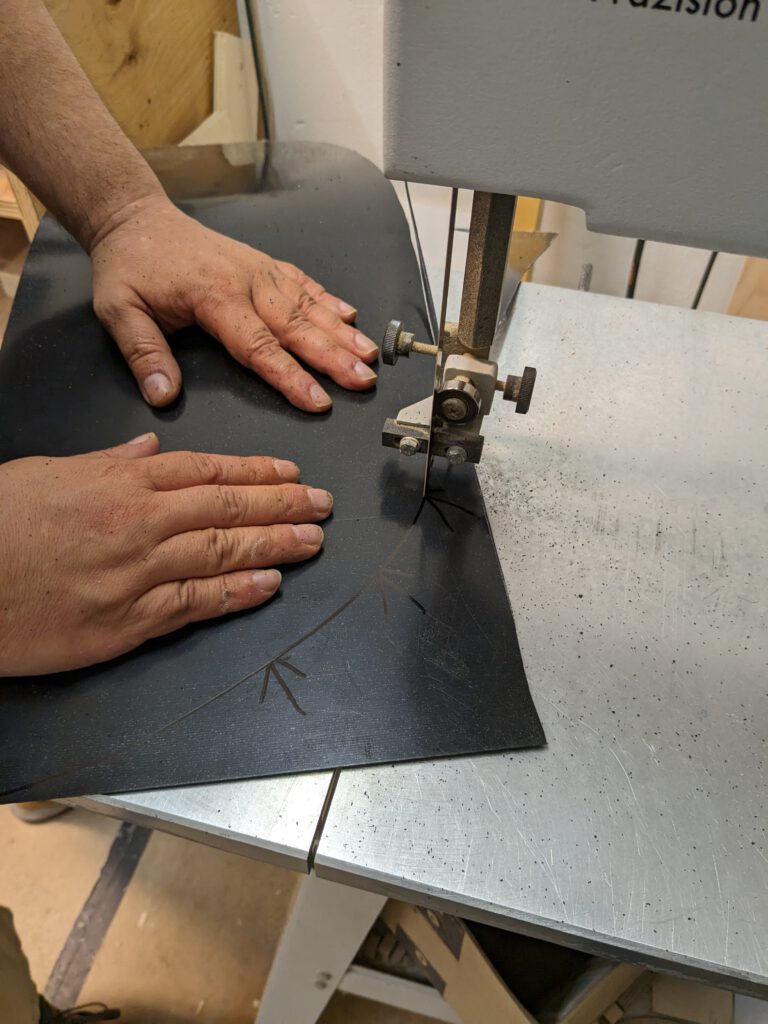
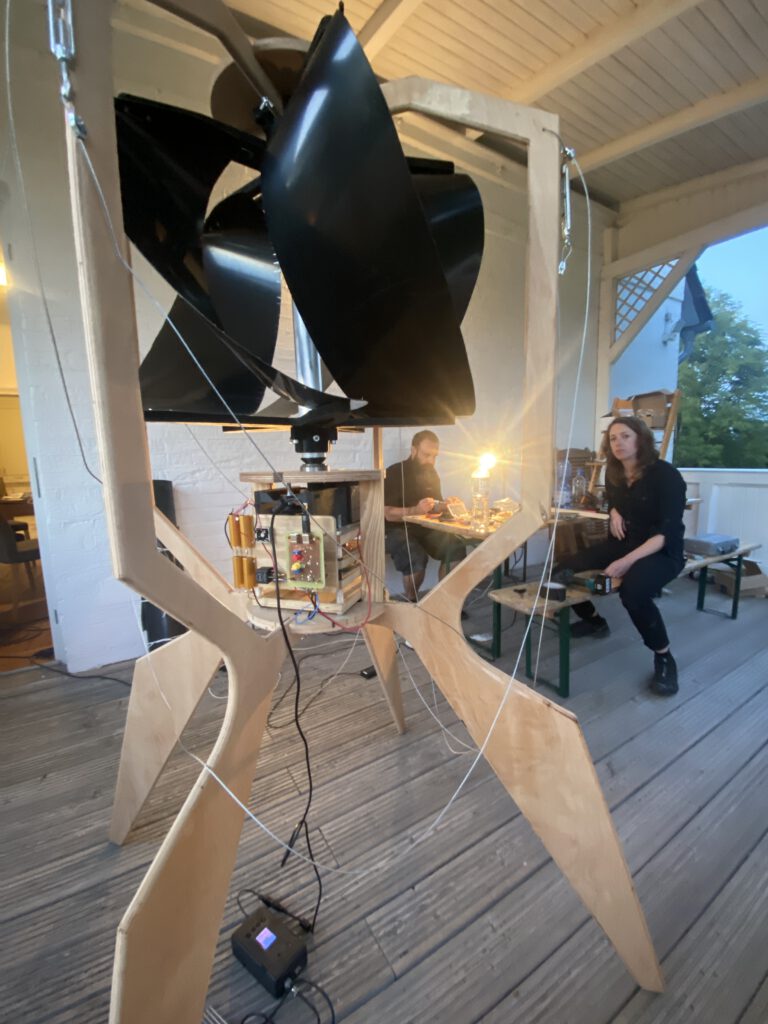

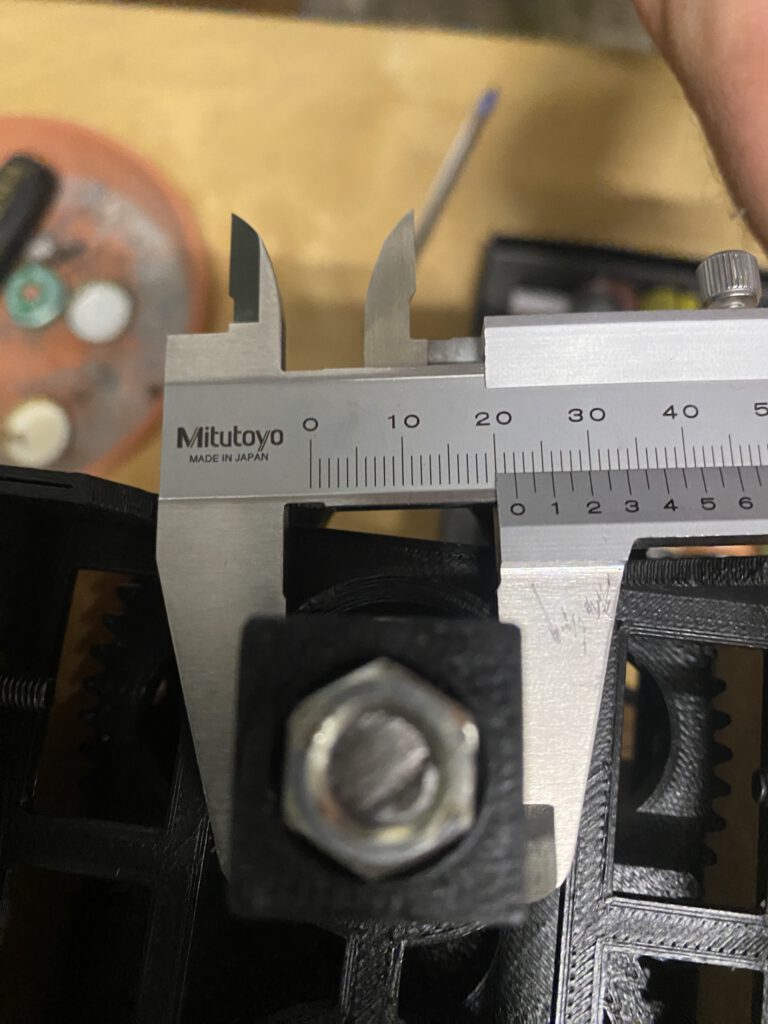
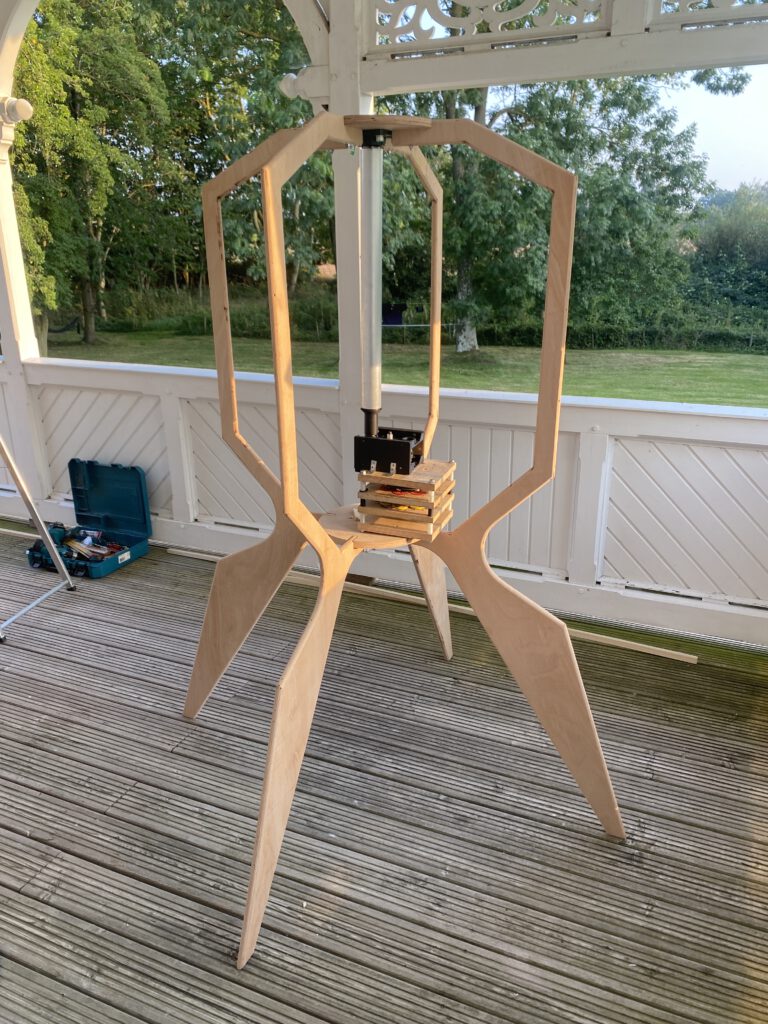
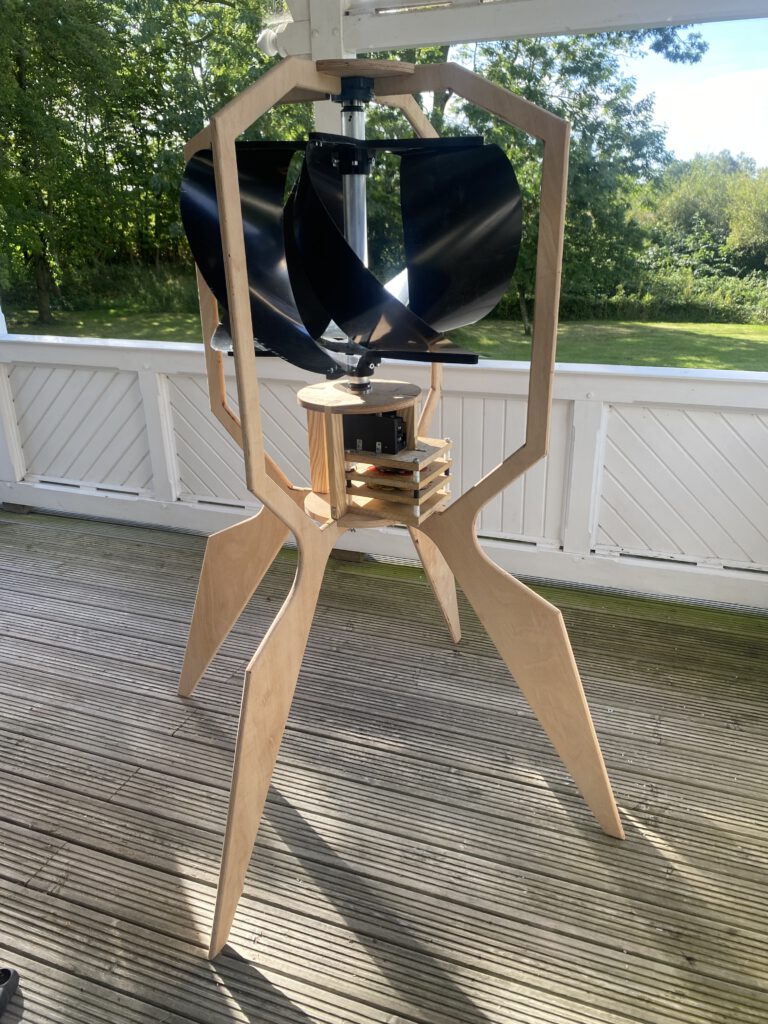
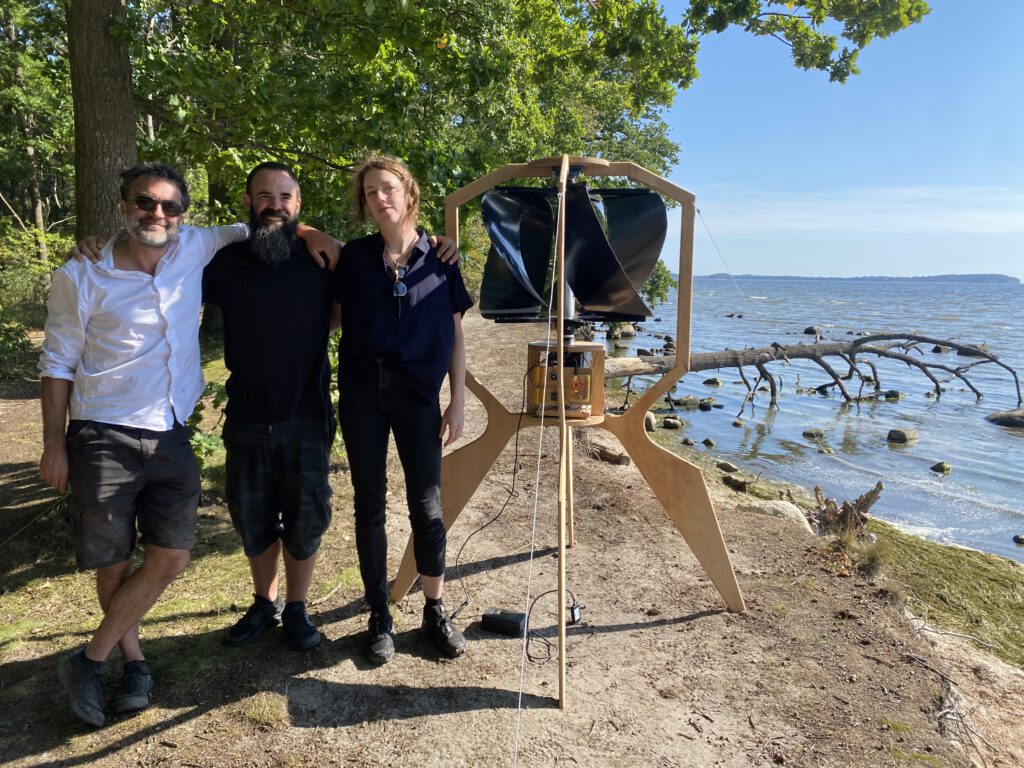
Last actions for the presentation day, that was through the island of Rüggen in Kap Arkona, the Seebrückenkopf of Binz and in theWreechen Strand
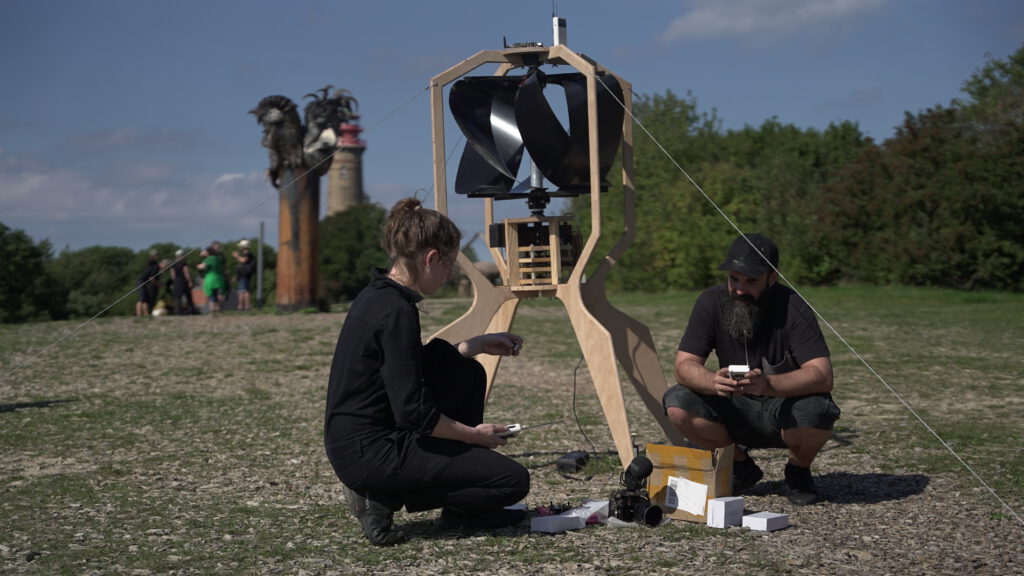
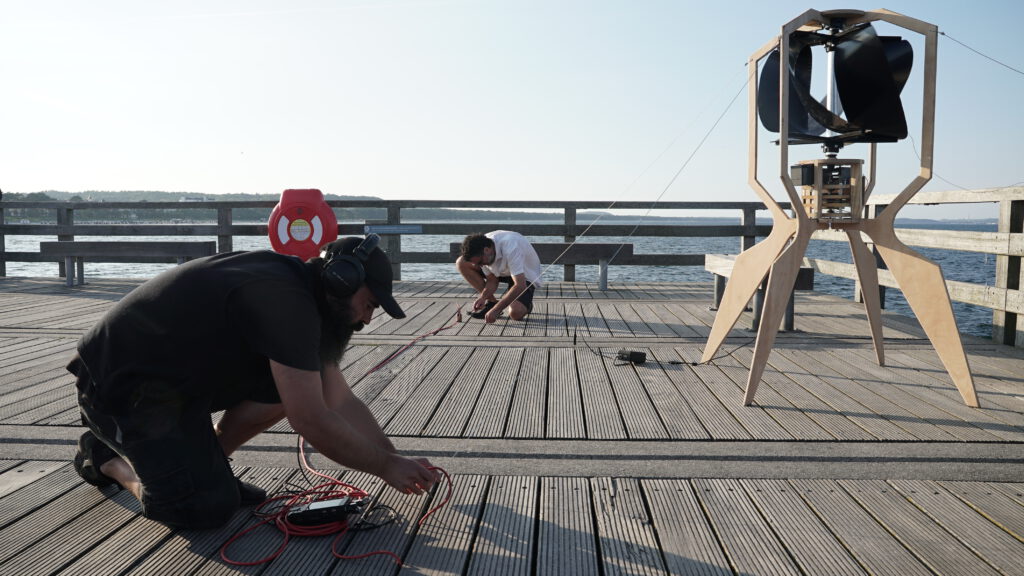
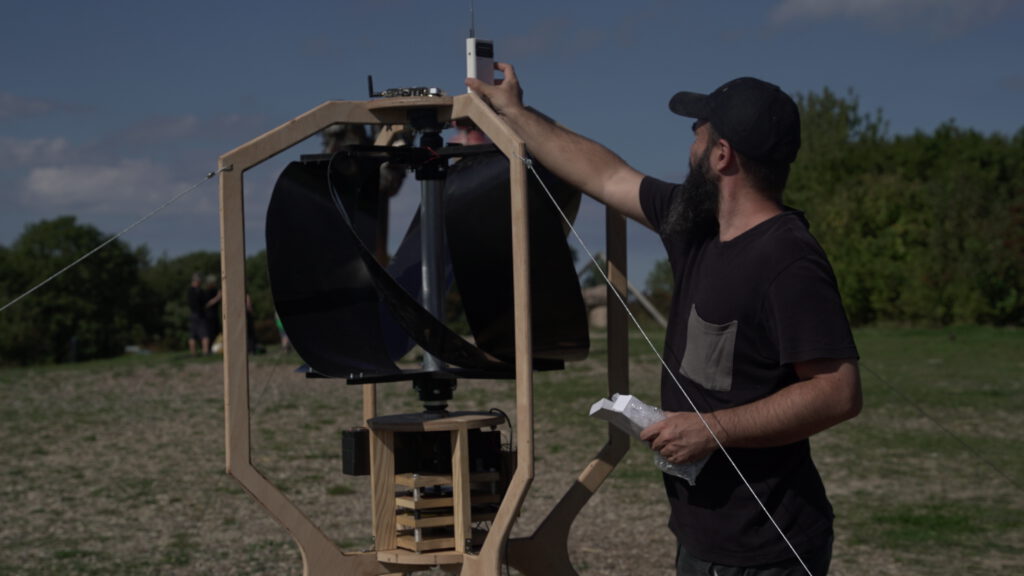
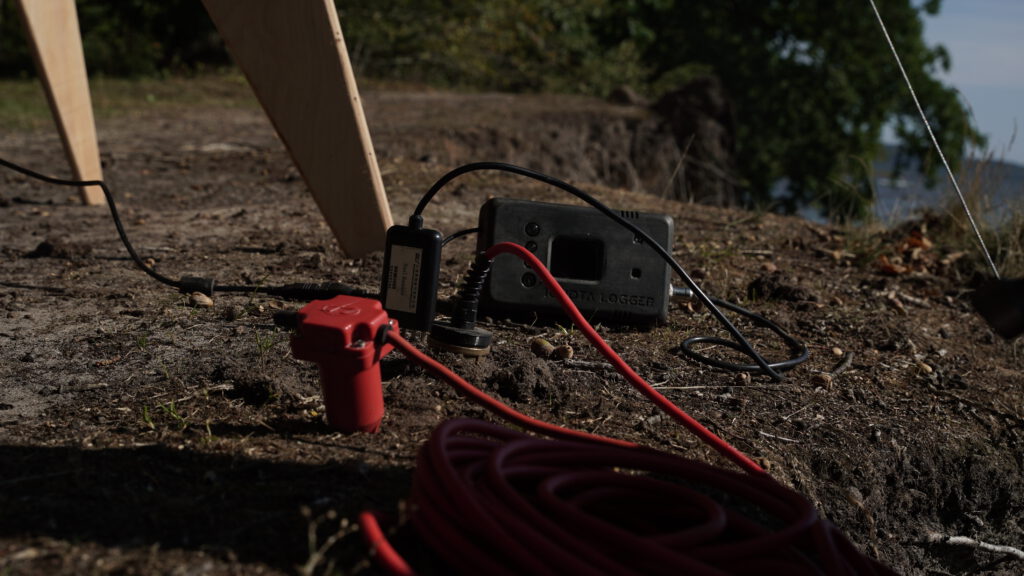
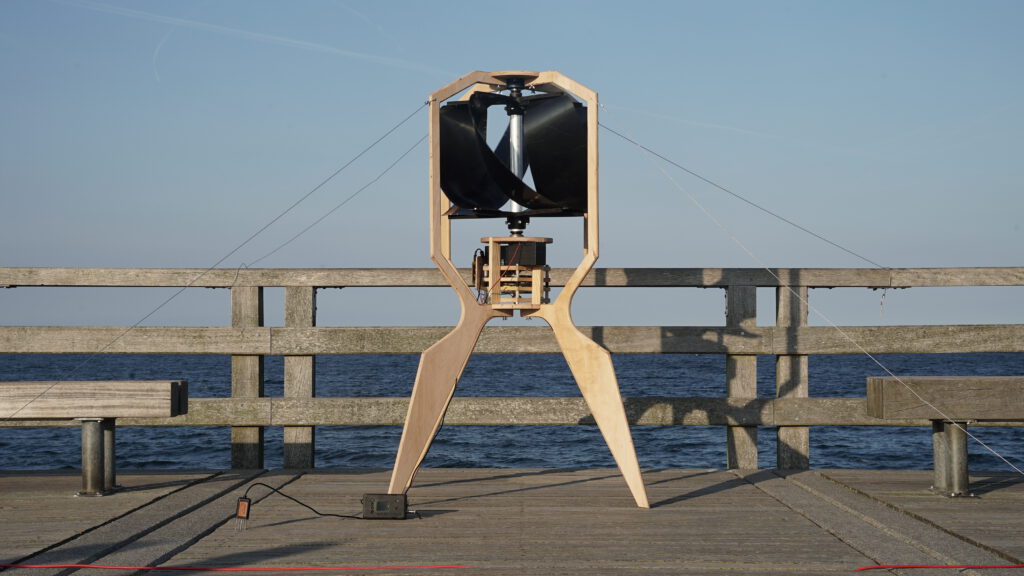
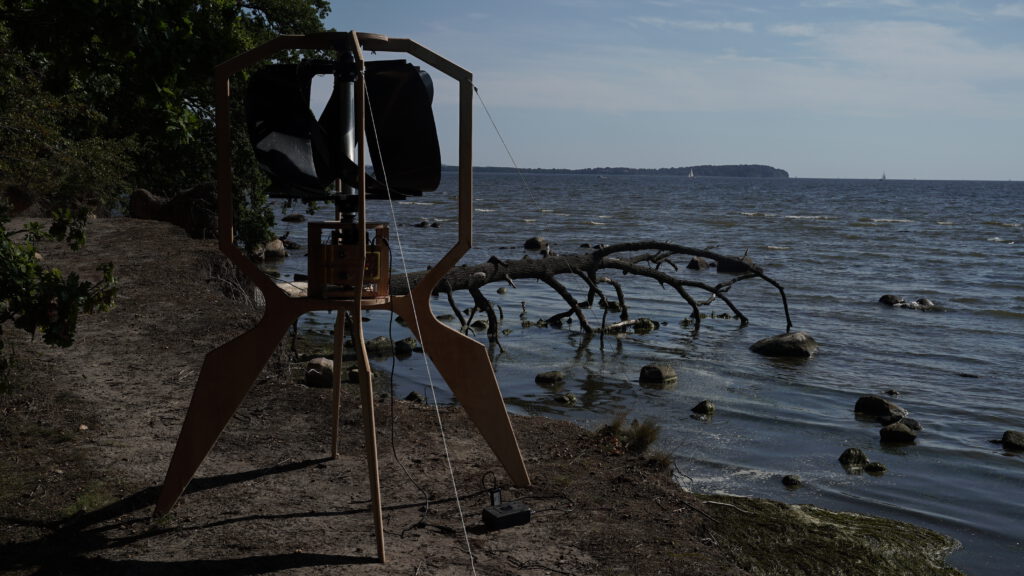
References:
American Wind Energy Association (AWEA). (2021). Wind energy in California.
Cervantes, M. de. (1605). Don Quixote. (J. Ormsby, Trans.). https://www.gutenberg.org/ebooks/996
Da Vinci, L. (1487). Codex Madrid II. Biblioteca Nacional de España.
Edison, T. (1931). Edison on Innovation. Harper & Brothers.
Einstein, A. (1953). Ideas and Opinions. Crown Publishers.
Lindbergh, C. A. (1978). The Writings of Charles A. Lindbergh. Harvest Books.
Middelgrunden Vindmøllelaug. (2021). Middelgrunden Wind Farm.
Molenaar, A., & van der Werff, H. (2015). UNESCO World Heritage and its Consequences for Landscape Governance: A Case Study of the Kinderdijk Windmills. Landscape Research, 40(4), 439-454. https://doi.org/10.1080/01426397.2013.856159
Pacey, A. (1991). Technology in World Civilization: A Thousand-Year History. The MIT Press.
Van Gogh, V. (1888). The Windmill at Saint-Victor. Van Gogh Museum.
